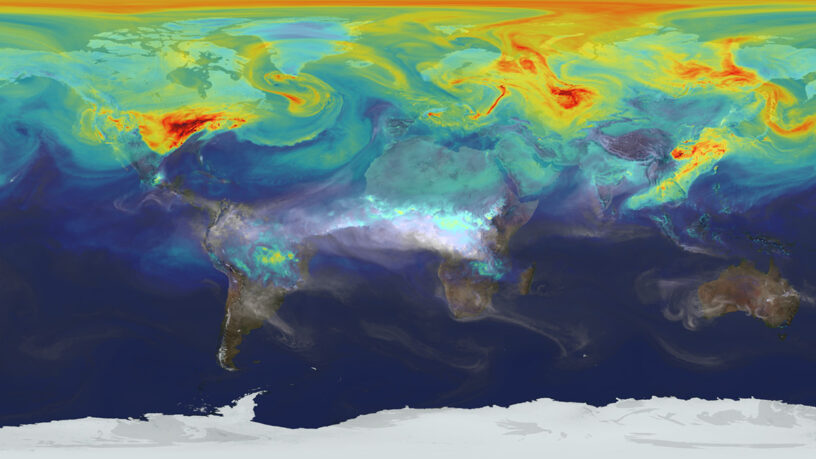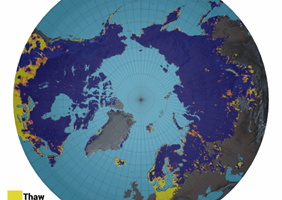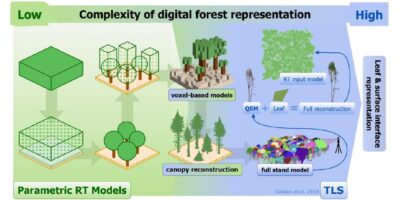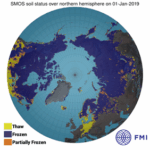Satellite observations and existing carbon dioxide flux estimates can be used to train a machine learning algorithm capable of making quick and accurate flux predictions.
Researchers at the Finnish Meteorological Institute investigated a new approach using a random forest, a type of machine learning model, to predict future CO₂ fluxes. The model was trained with data from established CO₂ flux estimates and satellite observations of different greenhouse gases.
The study showed that this model can process extensive datasets quickly and offers a faster, more immediate alternative to traditional methods, providing insights that were previously not available as quickly. This provides a complementary, rapidly available resource for essential data on carbon emissions.
Accurate flux estimates support decision making
Carbon dioxide (CO₂) is a major greenhouse gas that contributes to global warming. Understanding its concentration and movement (fluxes) in the atmosphere is key to tackling climate change. This helps us know how much CO₂ is being absorbed by natural sinks like forest and ocean, and how much is being emitted to the atmosphere. Satellites orbiting the Earth measure concentrations of different gases, like CO₂, and these are crucial to understand global climate patterns.
Accurate and timely flux estimates are important for researchers and policymakers to make informed decisions to address climate change.
More information
Postdoctoral researcher Laia Amorós, Finnish Meteorological Institute, laia.amoros@fmi.fi
Scientific article is available in Proceedings of the 2023 conference on Big Data from Space (BiDS’23). Reference: Amorós L., Hakkarainen J., Lindqvist H.: Towards a machine learning model to predict carbon dioxide fluxes from space. Proc. of the 2023 conference on Big Data from Space (BiDS’23), Publications Office of the European Union, pp. 177–180 (2023).








Leave a Reply
You must be logged in to post a comment.